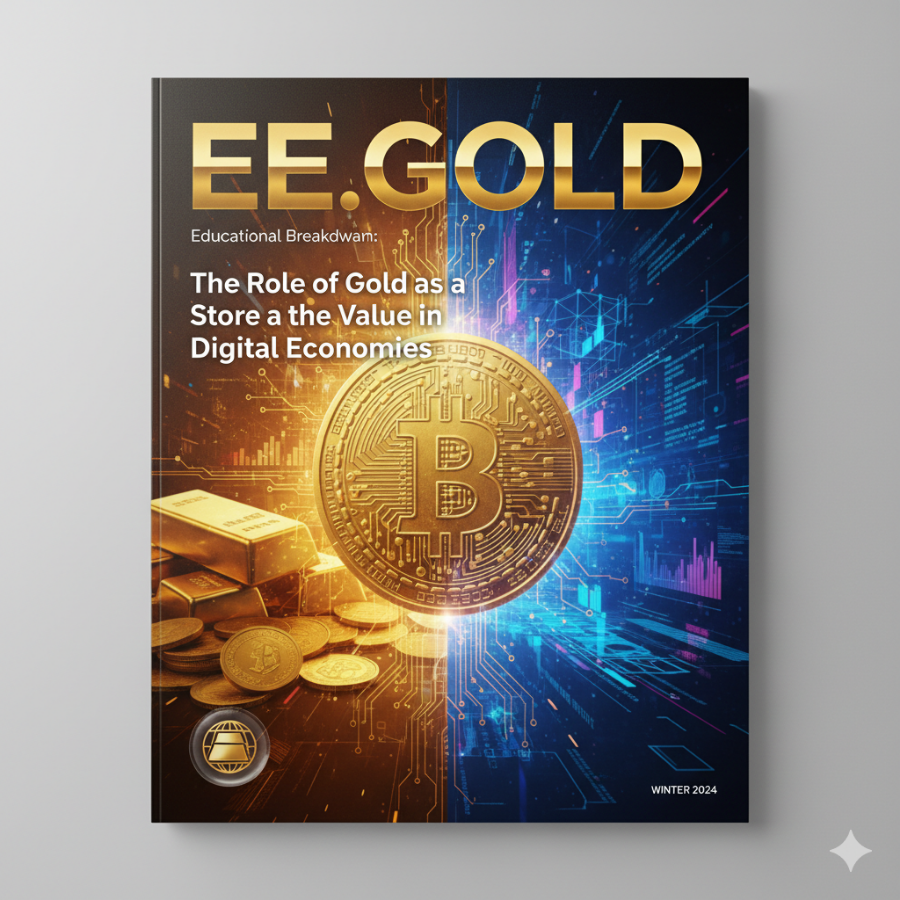In an era dominated by cryptocurrencies, blockchain technologies, and digital payments, gold might seem like a relic from a bygone age. Yet, this precious metal continues to play a pivotal role as a store of value, even—or especially—in digital economies. As virtual assets fluctuate wildly and fiat currencies face inflationary pressures, gold offers a tangible anchor of stability.
Cookies help us deliver our services. By using our services, you agree to our use of cookies.




















.png)

